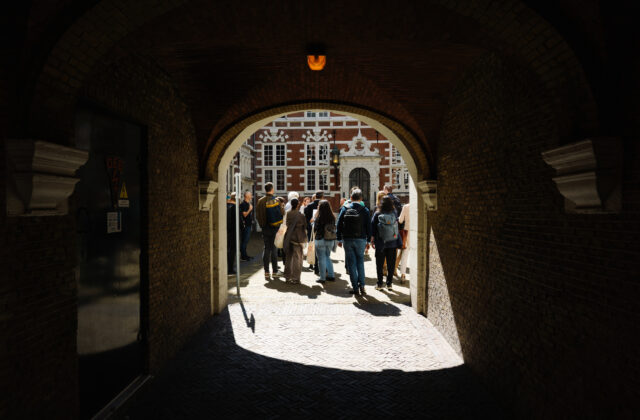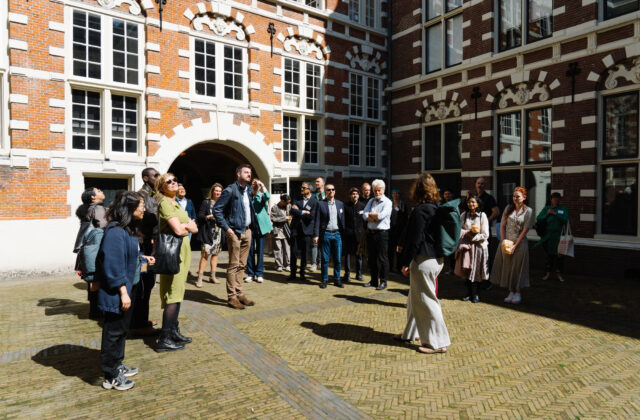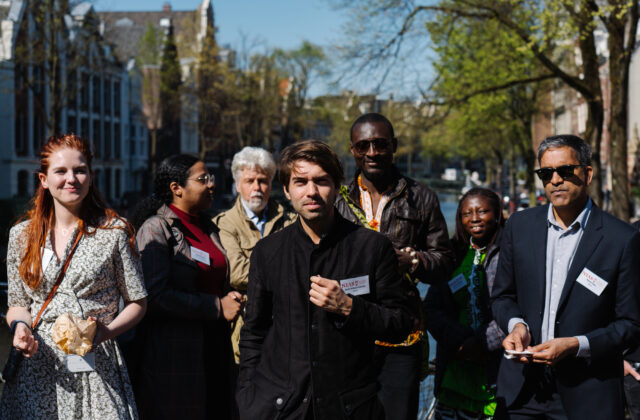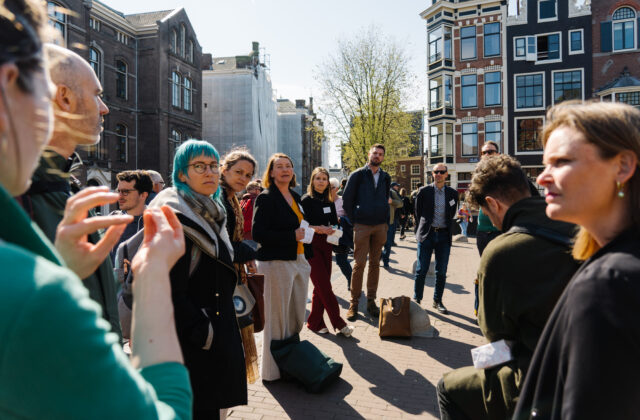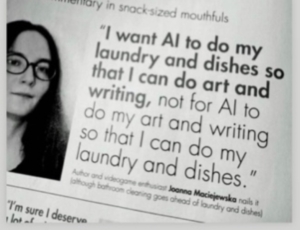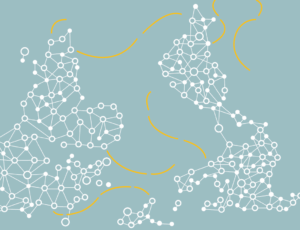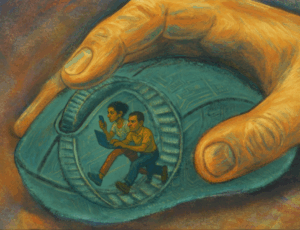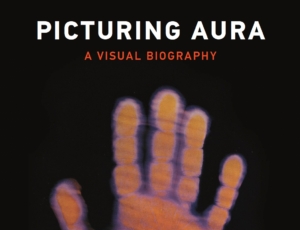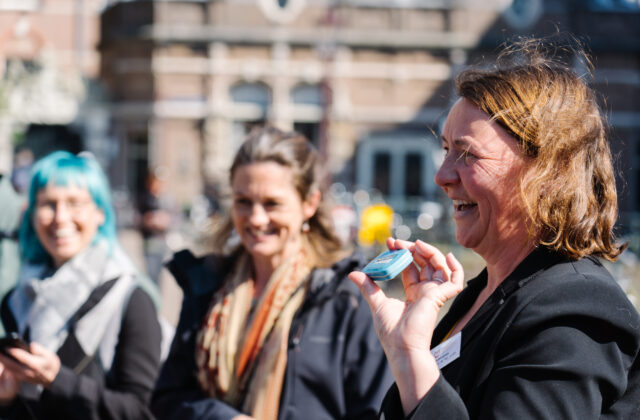
How to engage with contested objects through embodied learning
NIAS Symposium 2022
A look back at the workshop
Here is what Destiny Carbello, Cognitive Neuroscience MSc Student, UvA & Chair of Amsterdam United had to say about this workshop:
“Through an immersive sensory experience, some of the darker layers of Amsterdam were explored. Attendees discovered parallels of sensory processing between cultures of the colonizers and cultures of the enslaved and colonized. For example, one attendee noted the parallels between an olfactory stimulus seemingly present in both the Dutch and Surinamese culture. Moreover, the architecture came to life as we were guided through the horrors of events that constructed the buildings.”
And this is the perspective shared by Hanna Rustomjee, also Student UvA & Member of Amsterdam United:
“From invisible to tangible, to visible. It was interesting to see the building where my university classes take place in a whole new light. I was told that the building used to be an auction house, where people and places were reduced to mere transactions. The stories told made me think twice about why these histories still remain hidden, for example I noticed that there were little to no plaques on the information being told even though it is available in the city archives and in podcasts and it makes me question why the UvA does not fully acknowledge the history of the buildings their students study in. It also made me question whether we want these stories to remain hidden to the public eye. It would be interesting to stick QR codes around the city so those who spot them can further explore the histories of the intangible material culture around them.”
More about the workshop
Many organisations in Amsterdam’s city center are located in and near buildings that are directly rooted in our colonial past. Such buildings are both cultural heritage and contested objects/spaces. In this workshop, we explored how we can engage with them not only through looking at them and telling about their history, but also by engaging our intimate senses – taste and smell. Moving beyond vision and hearing allows for an embodied, less linear understanding of the past and these buildings. The makers of the podcast Far Too Close and researchers from KNAW’s NL Lab used examples from their own research to do so.
The workshop began outside Trippenhuis, proceeded to Bushuis/Oost-Indisch Huis. At a couple of planned stops along the way, the workshop organisers gave short interactive presentations and participants were invited to listen to sounds and stories (Far Too Close), sniff smells (Inger Leemans) and taste flavours (Marieke Hendriksen).
This workshop was organised in collaboration with KNAW Humanities Cluster NL-Lab and Far Too Close
Organisers
Maaike de Kleijn is a public historian and one of the creators of the podcast FAR TOO CLOSE. In this six-part podcast series, she exposes the forgotten histories of the Amsterdam University Quarter. With a passion for historical (archival) research, Maaike wants to show (and tell) listeners that the past is often much closer than you would think. At the moment, Maaike is working as a project manager in the cultural sector.
Inger Leemans is Professor of Cultural History at Vrije Universiteit Amsterdam and PI of NL-Lab, a new research group on Dutch Culture and Identity at the Humanities Cluster of the Royal Netherlands Academy of Arts and Sciences (KNAW). Her research focusses on early modern cultural history, the history of emotions and the senses, cultural economy, history of knowledge and digital humanities.
Marieke Hendriksen is a historian of early modern science, art, and knowledge, and works as senior researcher at NL-Lab. Her research interests are the role of material culture and sensory perception in the production and exchange of knowledge in the early modern period, in particular in the realms of medicine, chemistry, and art.
About the NIAS Symposium 2022
Why, when and how does an object become contested? From street signs to monuments, from statues to spices – things and their meanings are under scrutiny. In recent years the racial and colonial dimensions of material culture have gained particular attention. Some traces have been around for years, others have a more recent history. Increasingly, people have become outspoken about the need to become aware of the different ways to consider not just the past, but also those objects that remind us of it. What happens if we look beyond museums and archives and also take into account other ‘things’ like architecture, monuments, food and interior design? During the NIAS Symposium we will collectively explore what insights we can gain by shedding light on the racial and colonial dimensions of our material culture.
